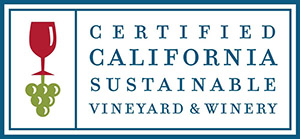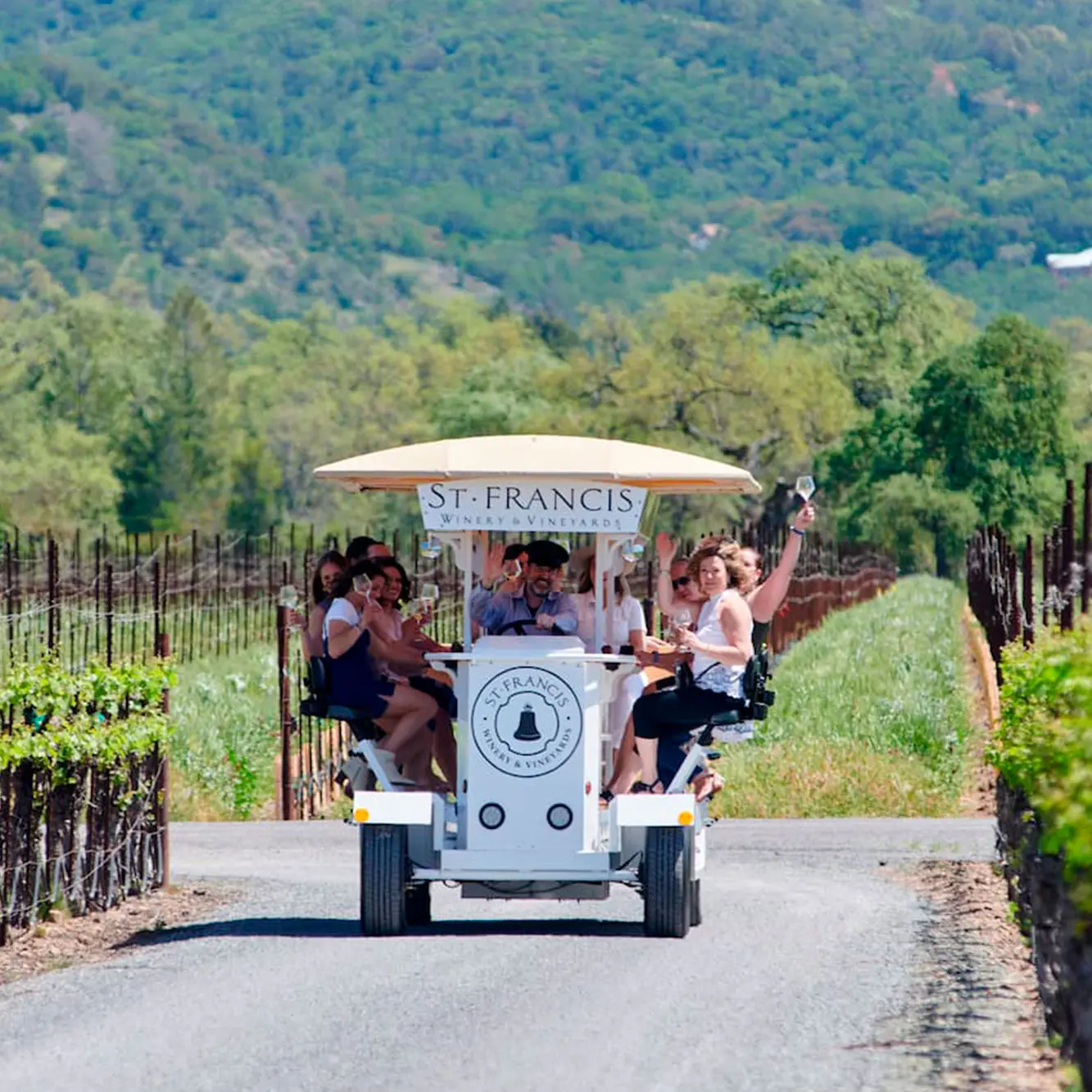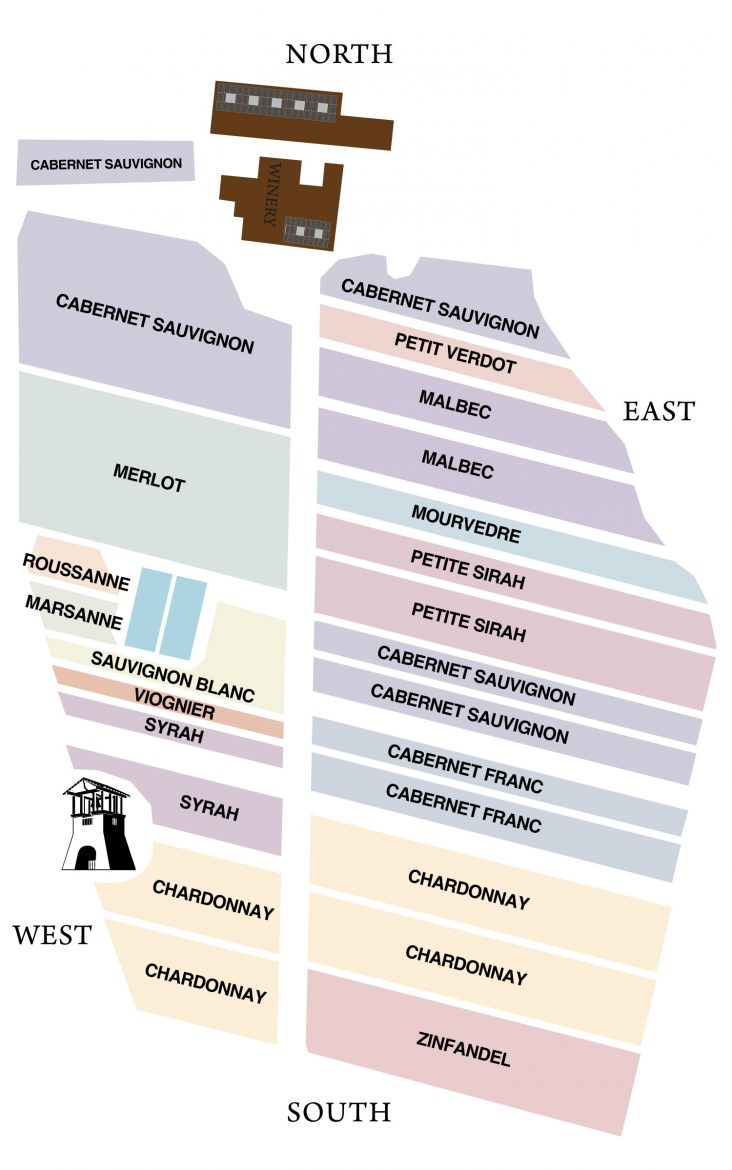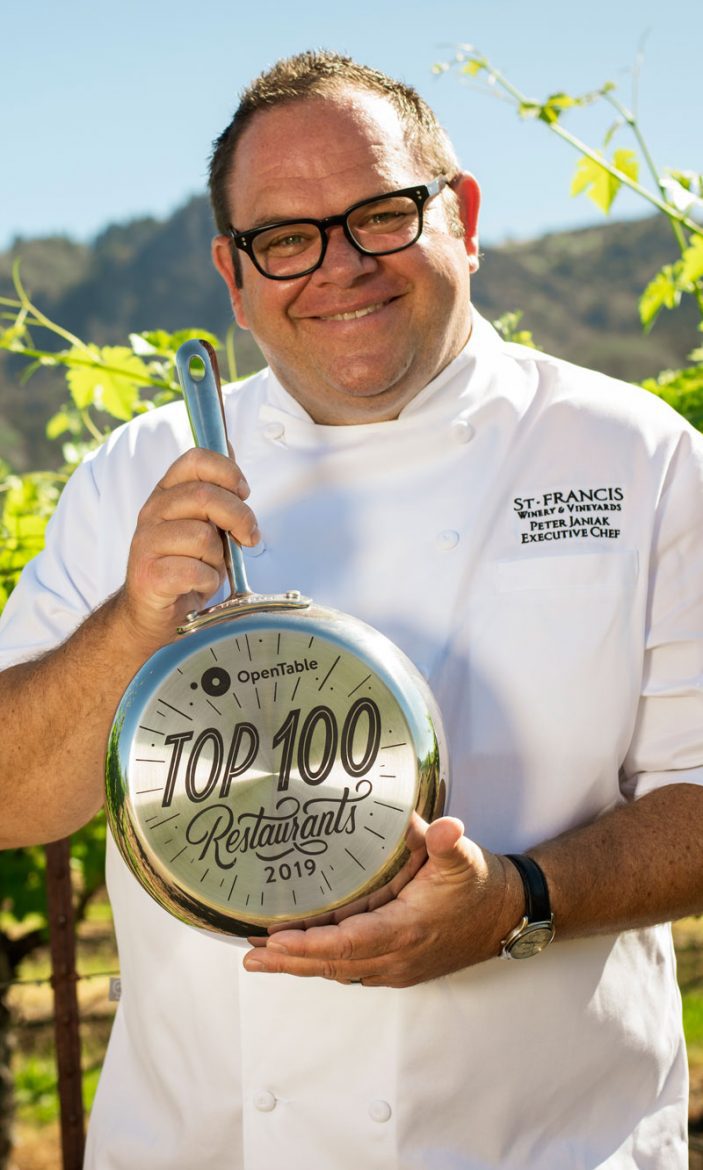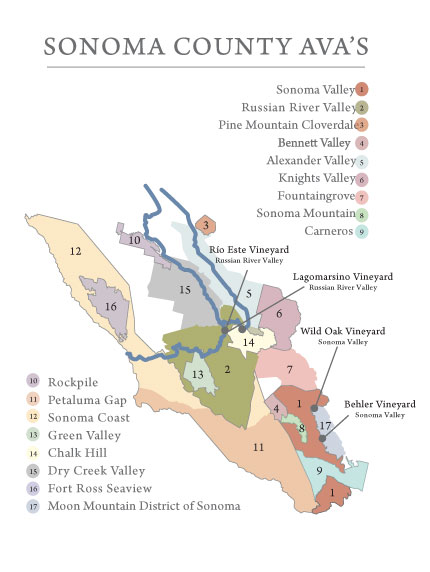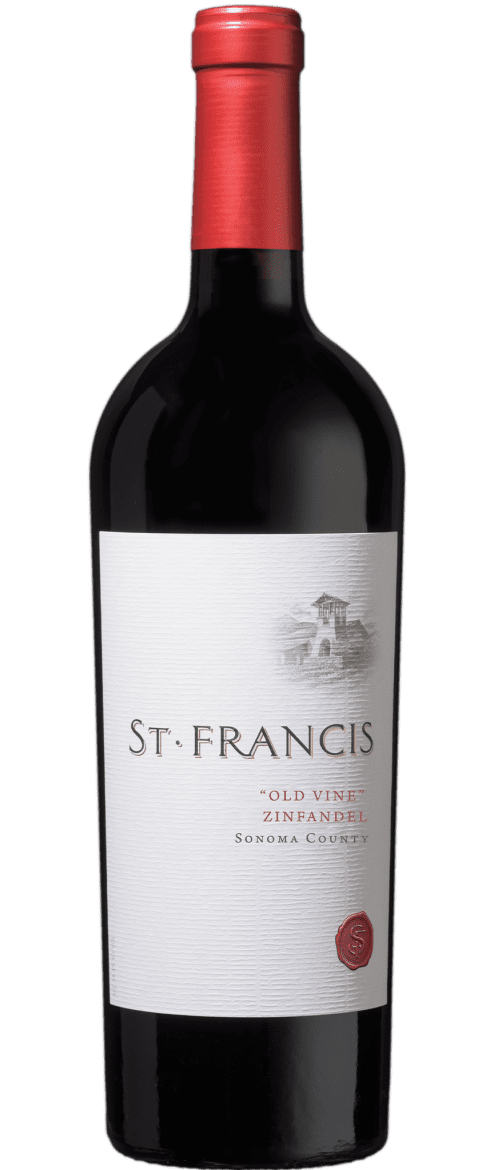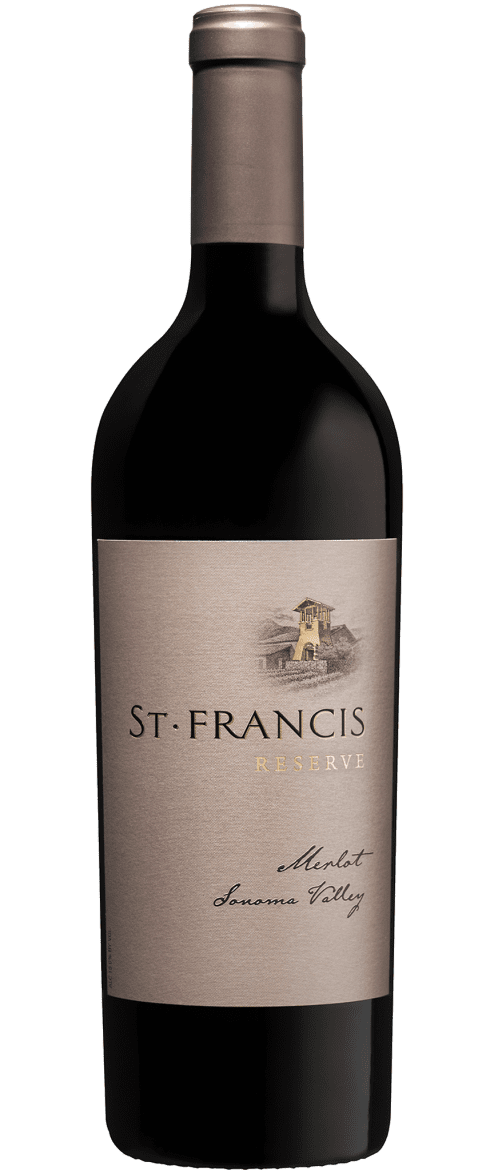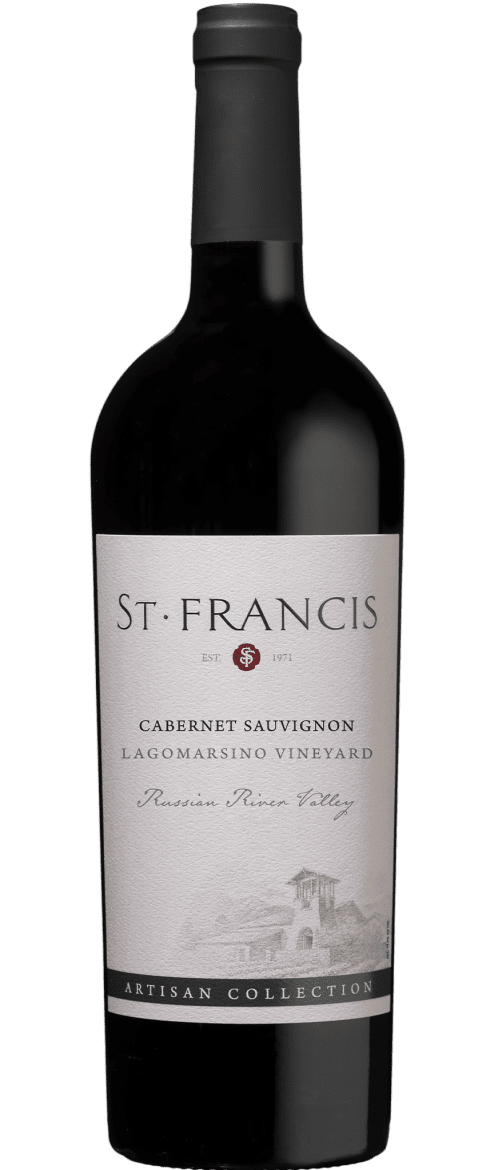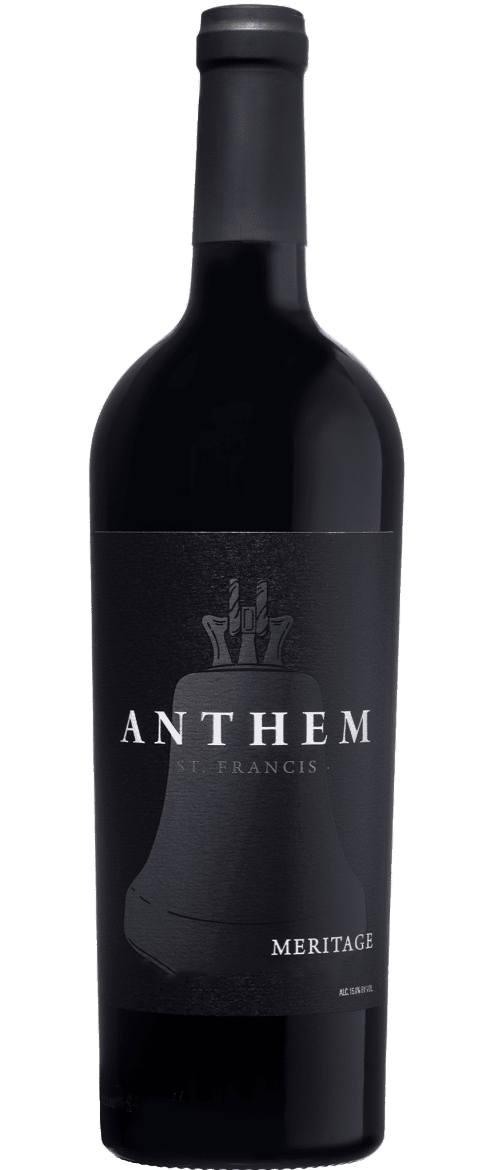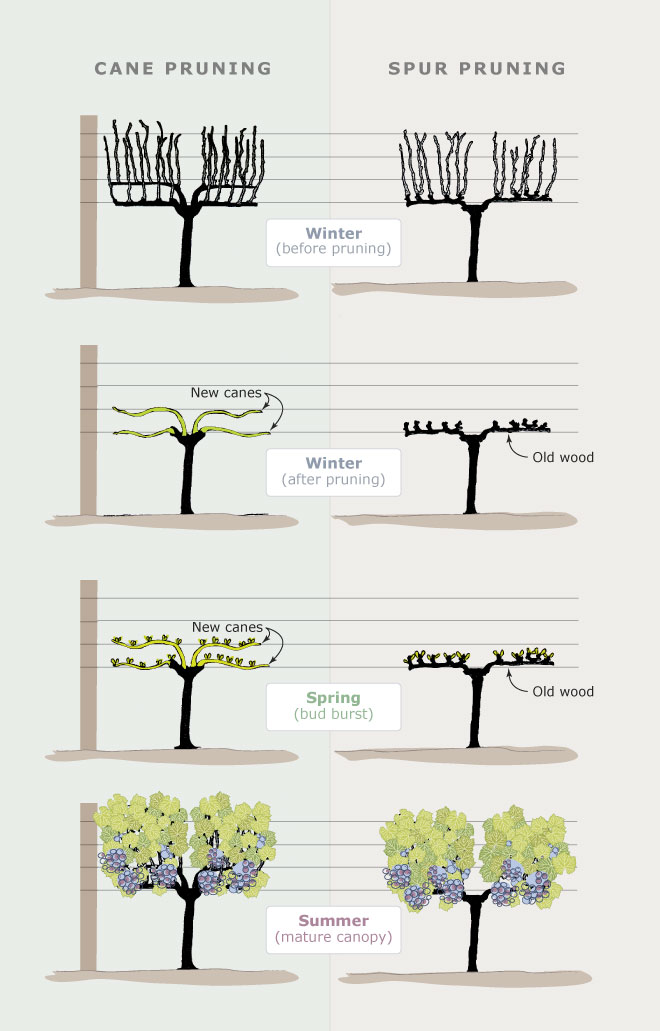Welcome Aboard the
Tour de
St. Francis
Let's Keep it Safe.
Stay seated and buckled at all times while the trolley is in motion. Please keep your belongings secure.
Becoming a member
Join the wine club!
- 20% Off All Wines & Merchandise
- Preferred Pricing on Wine Experiences, Winery Events & Local Lodging
- Complimentary Tasting Flights for you and your guests
- Priority Access to limited Production Winery Only Collections
- Reciprocal Wine Club benefits at: Sequoia Grove Winery
- Best rate shipping incentives
Wild Oak Vineyard
Sonoma Valley
Our stunning mission inspired Visitors Center and Tasting Room were opened in 2001. The iconic bell tower is adorned with a functioning 1000 lb bronze, custom cast bell, commissioned with the Marinelli Foundry, the oldest foundry in Italy and the official bell maker of the Vatican since the Twelfth Century.
A grand dedication ceremony was held in the Piazza Della Basilica of St. Francis of Assisi, Italy in 2000 before the bell was shipped to the United States. Today you can hear the bell ring every hour throughout the day from almost anywhere in the valley.
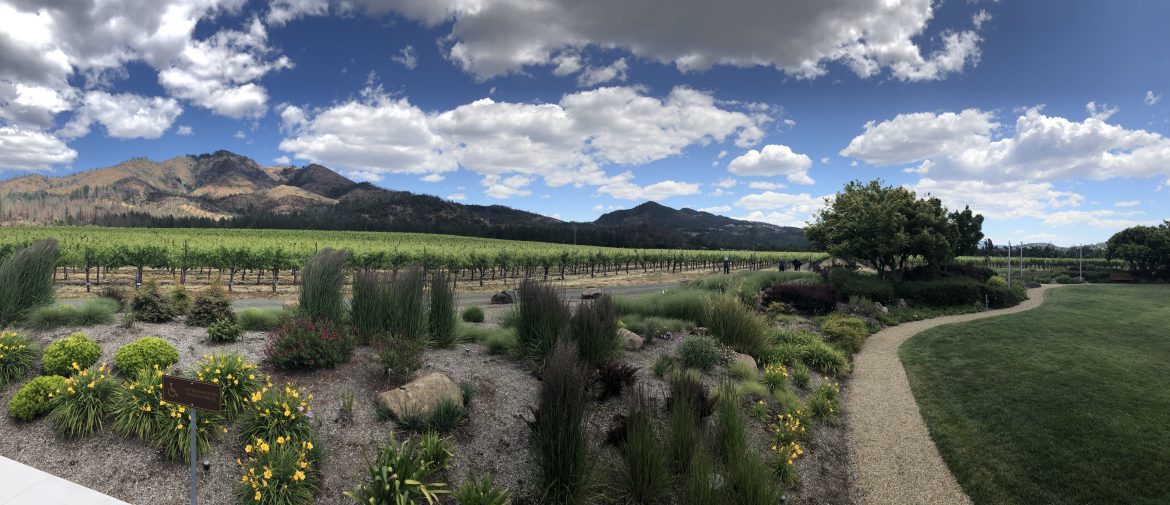
Volcanic rock and gravel that has washed down from the Mayacamas mountain range
An array of grape varieties are grown on this 133 acre property, giving it the nickname “the Spice Rack”. The vineyard provides ideal conditions for everything from Chardonnay on the lower slope, Zinfandel and Petite Sirah on the eastern block to Cabernet Sauvignon higher in the vineyard. The natural south-facing slope of the vineyard allows for both ample sun exposure as well as unused rain water to filter back into the local watershed.
Wind Machines
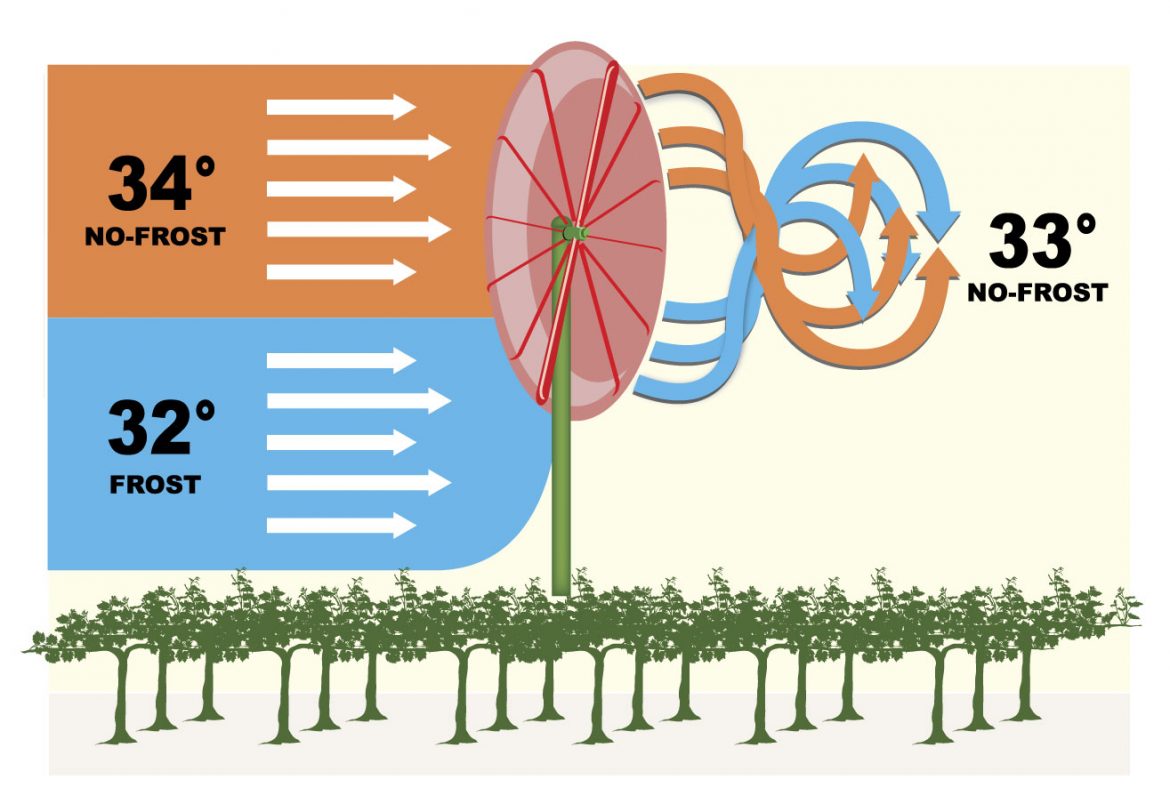
What grape is that?
Our Winemakers
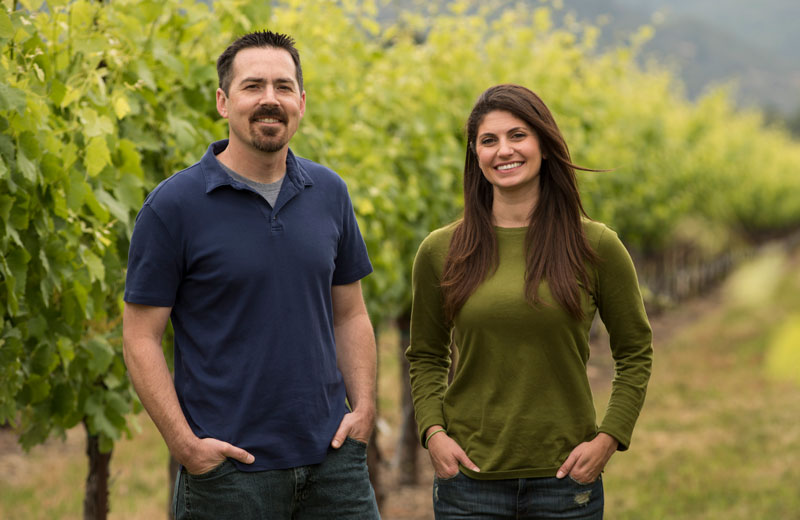
Chris Louton
Chris oversees production of our Cabernet Sauvignon and other Bordeaux varietals, as well as our popular Sauvignon Blanc. His goal is to create wines that are approachable, yet compelling, and always a true expression of Sonoma County.
…Read MoreKatie Madigan
…Read More
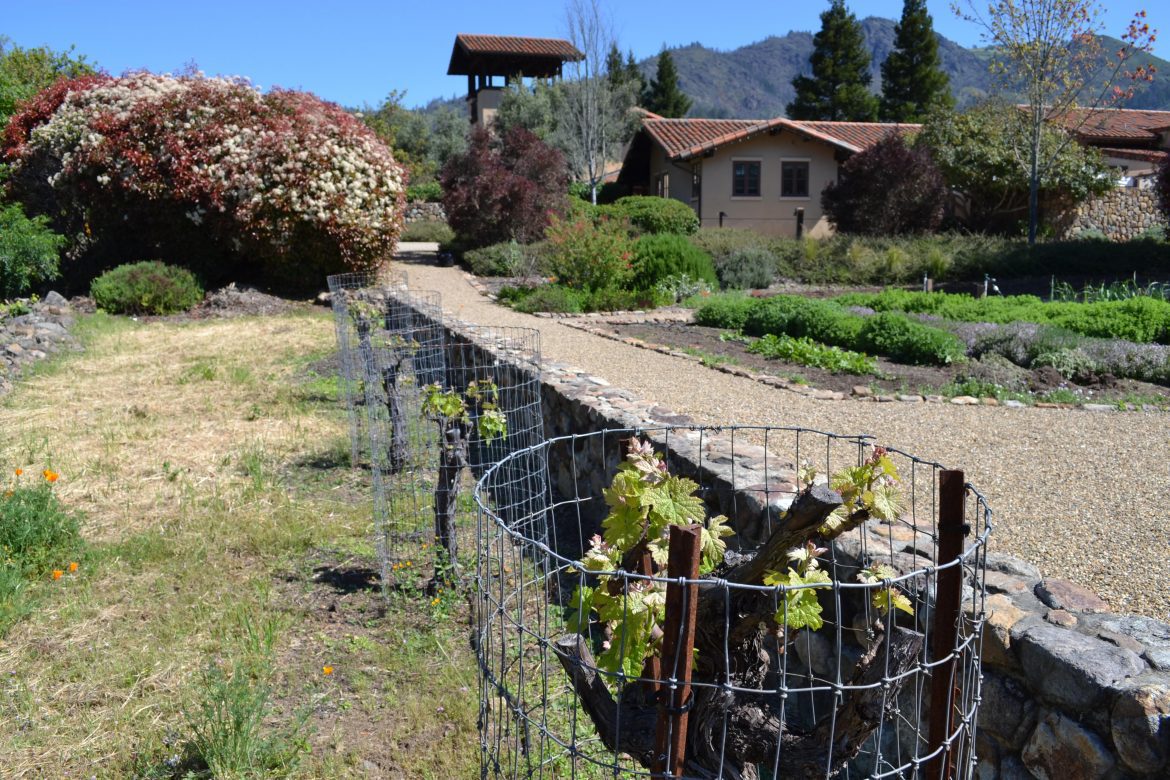
Heritage Vines
Next to the Herb Garden You will notice four head pruned, heritage vines. These are Merlot vines that were transplanted from our Behler Vineyard just up the road in Kenwood. They no longer produce much fruit if any, but act as a constant reminder of our roots here in Sonoma Valley.
Culinary farm
at St. Francis Winery
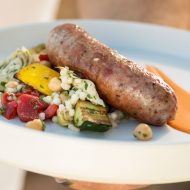
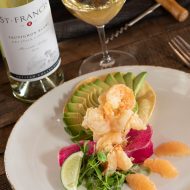
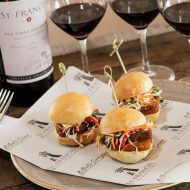
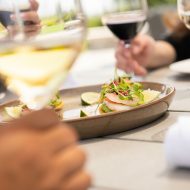
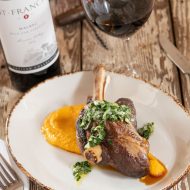
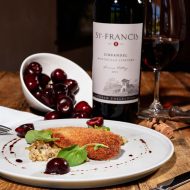
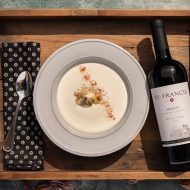
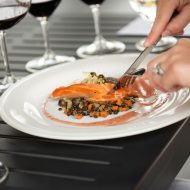
Plan your next visit!
Wine Regions of
Sonoma County
American Viticulture Areas (AVA)
An American Viticultural Area, or AVA, is a specific agricultural region based on geographic location and climate variations. Sonoma County AVAs are often compared to France’s wine appellation system.
You are in the
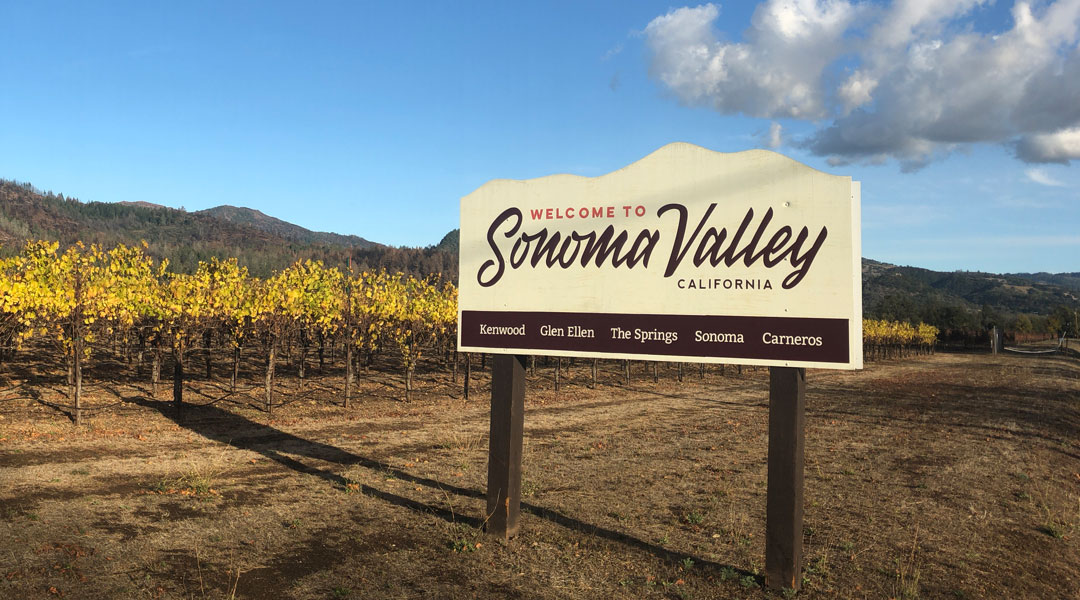
The Sonoma Valley is one of the most diverse wine growing regions in the County. Featuring some of the most dynamic terrain, and microclimates. The valley is one of the most revered regions due to its storied history dating back to the mid-19th century.
Sonoma Valley earned official American Viticulture Area status (AVA or appellation) in 1981. It comprises 10,249 acres of vineyards, and is home to more than 80 wineries and tasting rooms.
CLIMATE
Sunny days are something Sonoma County has in plenty. With an average of 262 sunny days per year, Sonoma County boasts some of the most radiant weather in the country. Mother nature, fortunately, balances the region with an average of 31 inches of rain annually and presents minimal frost in late winter. These conditions couldn’t be more ideal for growing an array of opulent fruit, perfectly balanced for making outstanding wine.
Sunny days are something Sonoma County has in plenty. With an average of 262 sunny days per year, Sonoma County boasts some of the most radiant weather in the country. Mother nature, fortunately, balances the region with an average of 31 inches of rain annually and presents minimal frost in late winter. These conditions couldn’t be more ideal for growing an array of opulent fruit, perfectly balanced for making outstanding wine.
The warm Summer days in Sonoma County tend to see a bank of cold fog resting just off shore in the Pacific ocean. A cold breeze typically accompanies this looming moisture this time of year. Visitors expecting to find a hot sunny day at the beach are quite often deceived by inland temperatures that reach into the 90’s. They arrive to find temperatures at the coast closer to 50˚, leaving them wishing for hoodies or scarves.
At about 5pm, like clockwork each evening, a cold stiff wind starts to pull inland from the coast, swarming the valleys and lower hills with a blanket of cooling fog. Because of the varied topography the same areas see a decrease in temperature in roughly the same order each night. Regions bordering bodies of water such as the Pacific Ocean, Russian River and San Pablo Bay see temperatures drop first. By about 9 PM temperatures have dropped across the county to around 53˚F – 65˚F, with some of the higher elevation mountains seeing a slower depletion of the day’s warmth.
This cooling of the vines slows the ripening process at the molecular level allowing flavors to develop, acidity to increase and sugars to balance. The next day the cooling fog rolls back out to the ocean in the opposite the way it arrived. Areas that were blanketed last are the first to begin warming, while others reach peak temperatures later in the day.
Considered a Cool Climate region, Sonoma Valley’s unique geographic orientation capitalizes on these reliable patterns. Fog pulling inland from the ocean flows eastward connecting with even more fog being pushed in a north-western direction up from the San Pablo bay on the opposite end of the valley. This dynamic transition allows these east-county vineyards to experience extensive sun exposure with a steep decrease in temperatures late in the day.
Seasons in
Sonoma County
SPRING
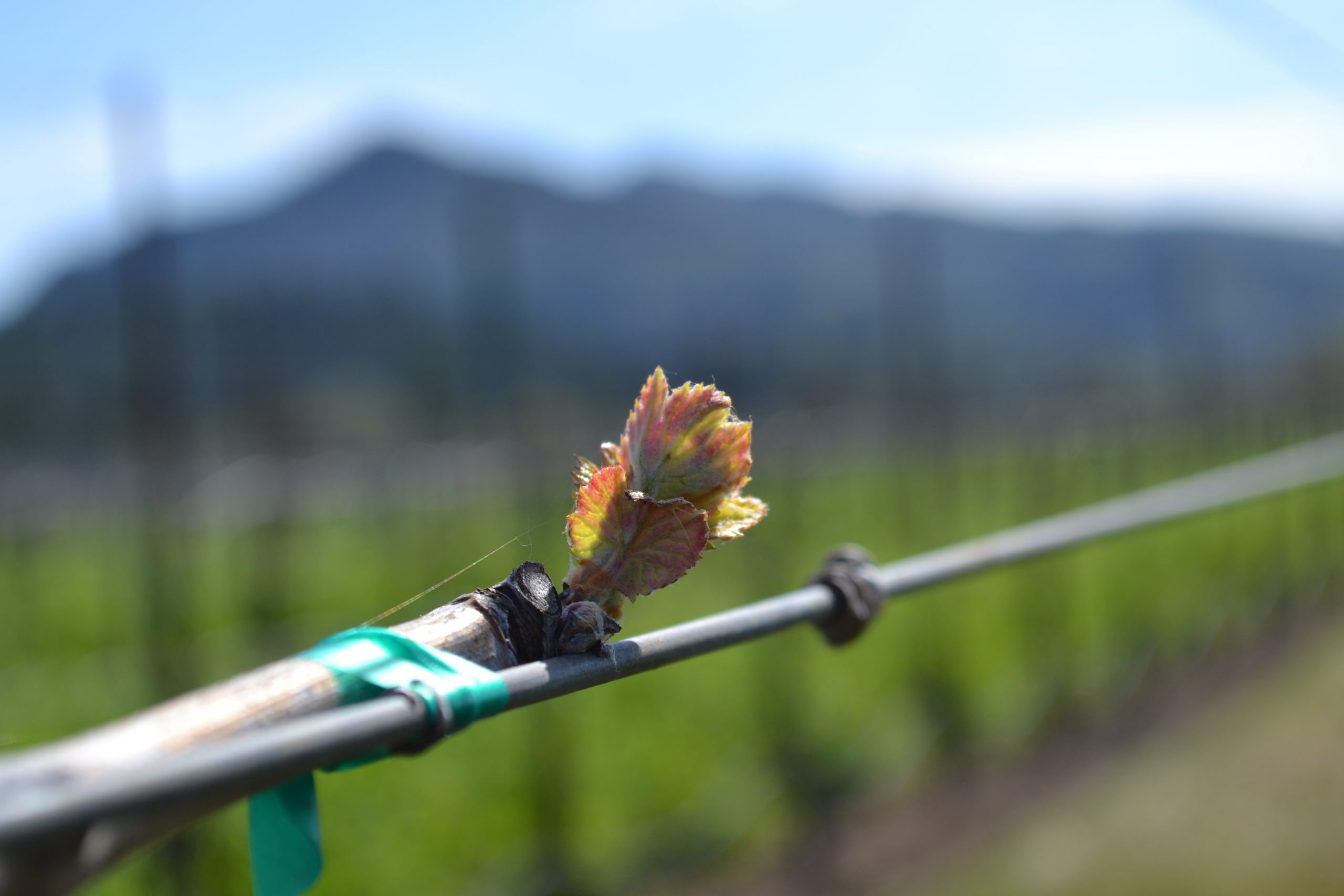
The vines awaken from their winter dormancy. Buds grow quickly and become a dense canopy of shoots, leaves and grape clusters. Bloom occurs in May when the clusters of tiny flowers transform into grapes.
SUMMER
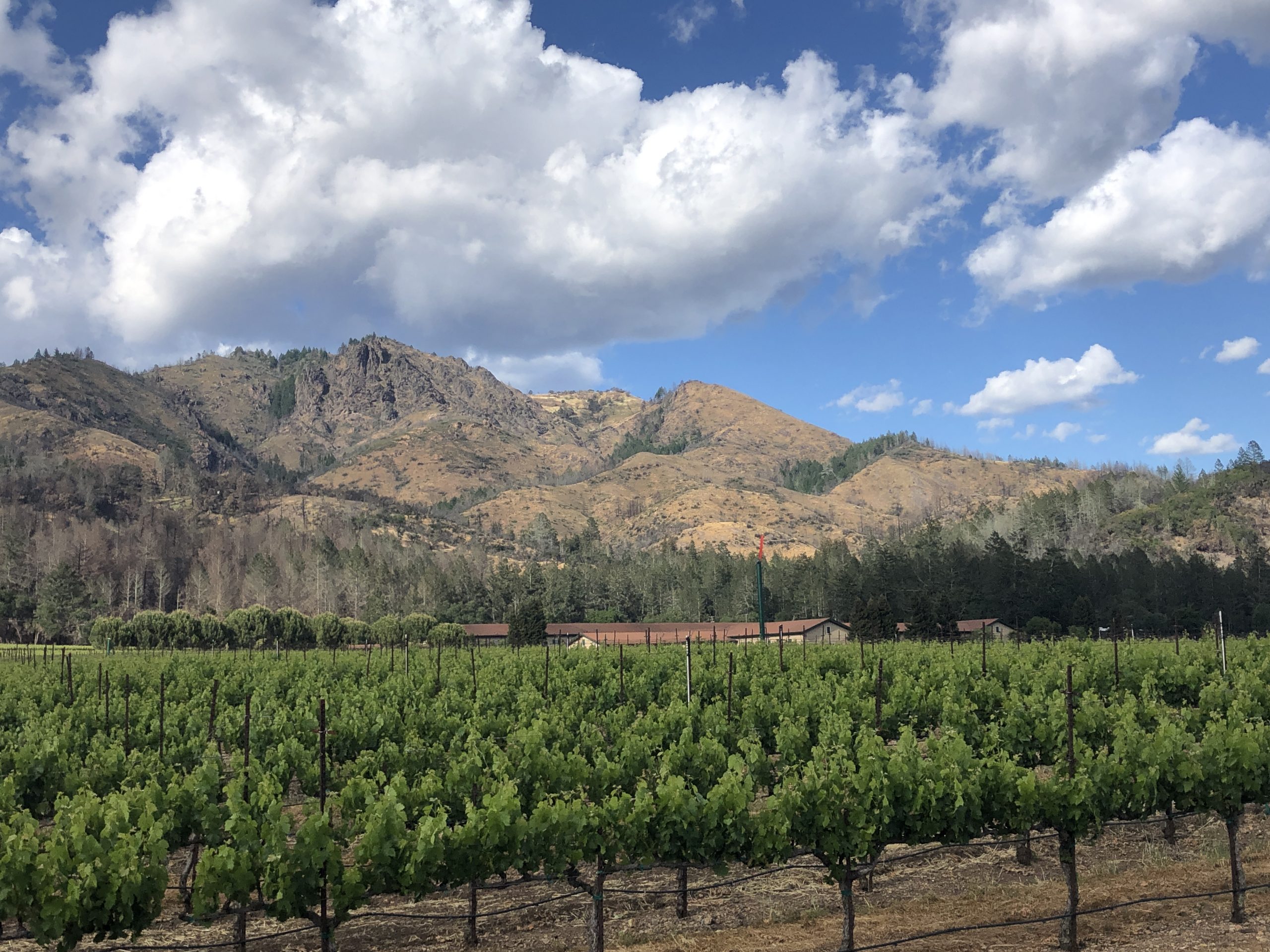
The clusters continue to grow and begin to tighten. Farmers reduce irrigation “stressing” the vines, which leads to more balanced flavors, sugar levels and tannins. This increases grape quality and leads to exceptional wine.
FALL
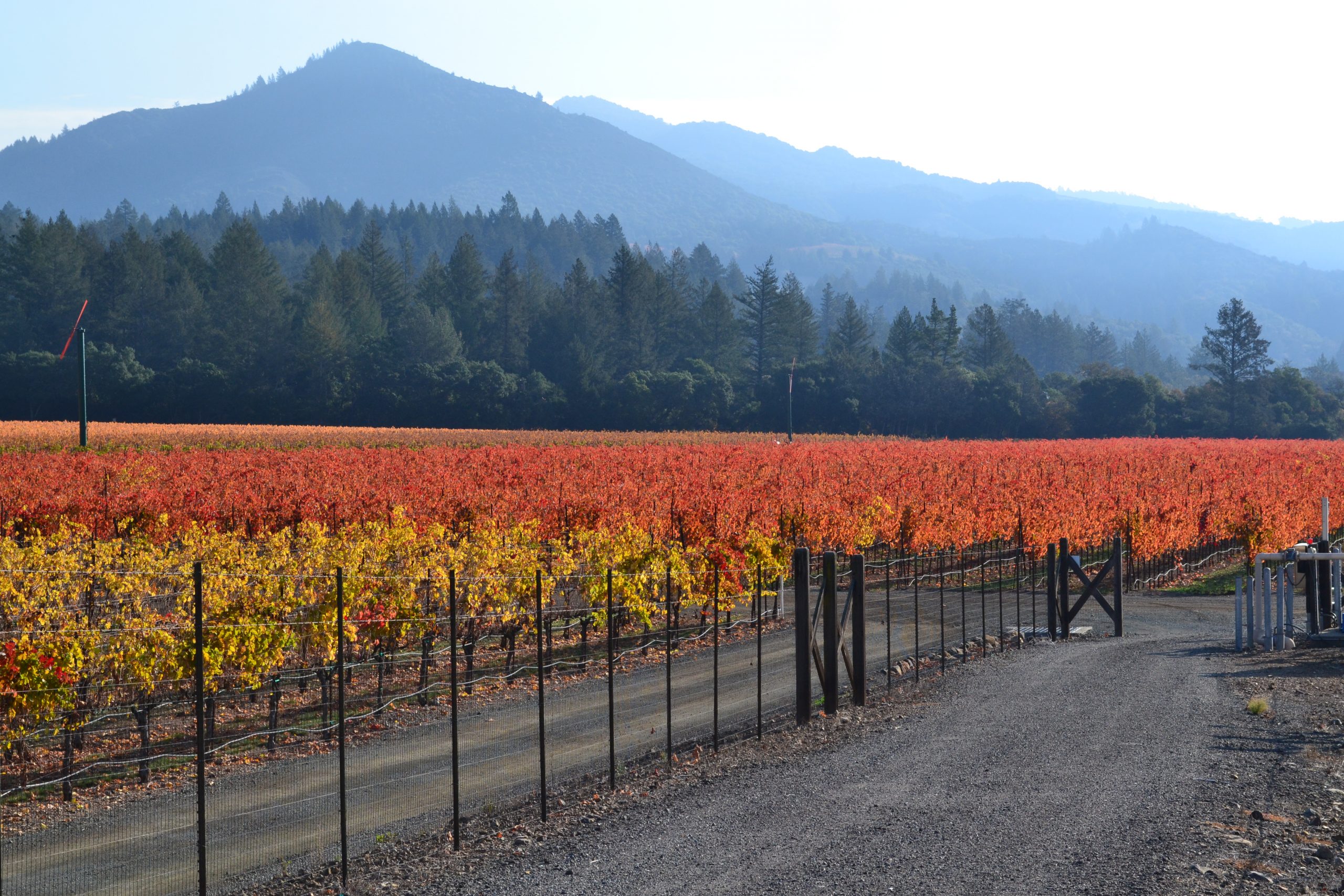
Harvest begins! The sweet fragrance of ripening grapes fill the air. Grapes are tested, shears are sharpened and bins are filled by the ton. It is a busy and exciting time for both winegrowers and winemakers.
WINTER
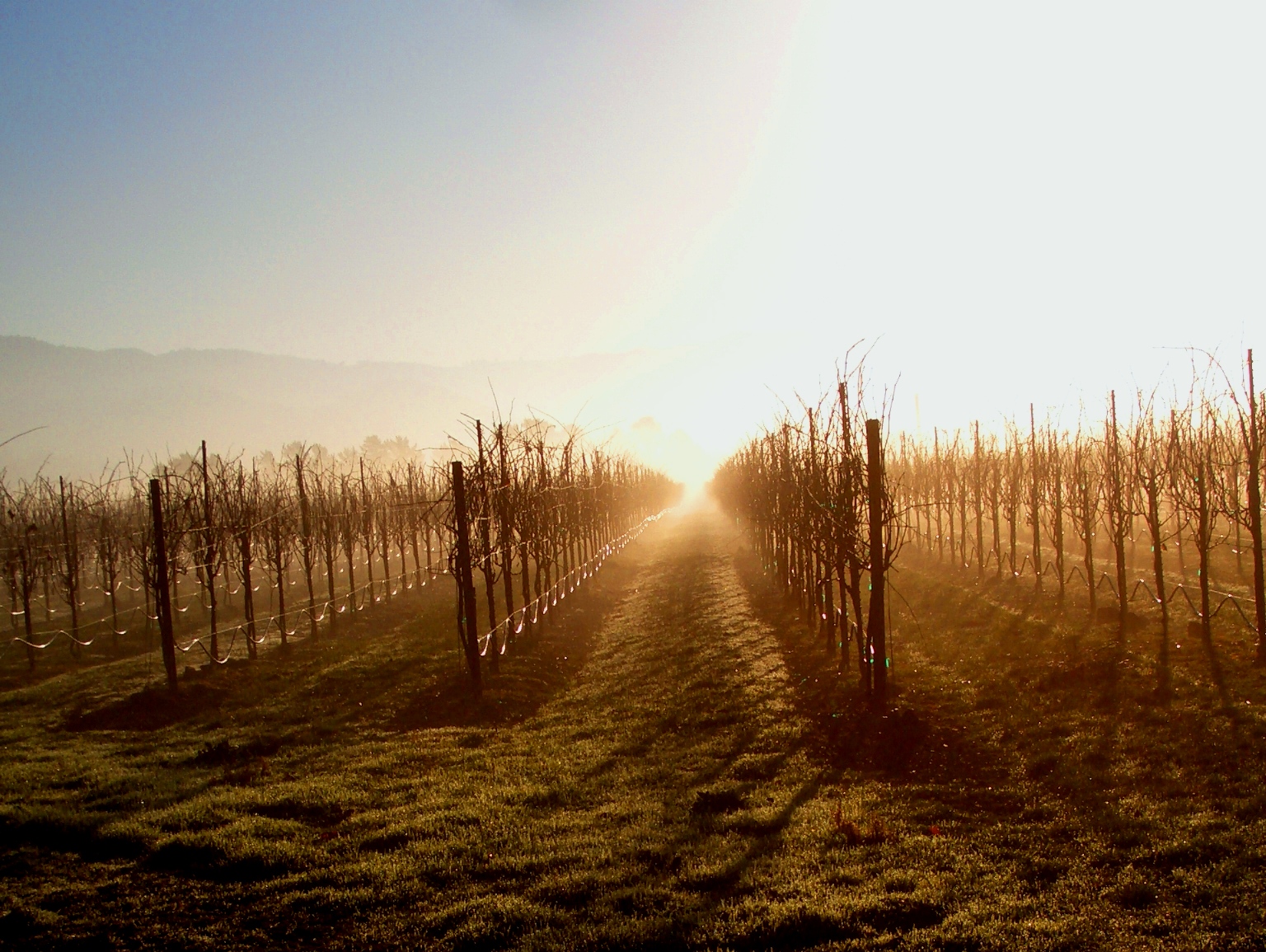
Preparation for winter rain begins. Cover crop seeds are planted and erosion controls are put in place. After the holidays the vineyards are filled with pruning crews who prepare each vine for the next growing season.
Geography
Sonoma County, with its varied microclimates and extraordinary topography, is a highly unique growing region. On any given day in Sonoma County, you might find yourself on a sun blanketed mountainside high above the fog line looking out over rocky cliffs and sprawling forests. You may wind your way down through the cool, lush valley floors peppered with ancient Oaks and tranquil creeks. Or hike out amongst the giants in the dense redwood forests that follow the ever-bending banks of the Russian River.
Takedown the convertible roof to smell the eucalyptus groves in the air across breezy, grass-covered hills on your way out to the oyster farms. Or keep heading due west from any point in Sonoma County and you’re guaranteed to find one of the most unique attributes of the region. Fifty-five miles of dramatic coastline, delivering cool evenings shrouded in soft fog. Perfect for resting the grapes after a hot sunny day.
Sustainability
Producing high quality grapes & wines while…
- Protecting the environment
- Being a good neighbor & employer
- Maintaining a thriving long term business
St. Francis Winery & Vineyards operates according to the three pillars of sustainability:
Environment
Equity
Economics

2017 Green Medal Award Winner
The California Green Medal recognizes the leadership of wineries and vineyards committed to sustainability and is presented by the California Sustainable Winegrowing Alliance, California Association of Winegrape Growers, Wine Institute, Lodi Winegrape Commission, Napa Valley Vintners, Sonoma County Winegrowers and Vineyard Team.
Water Efficiency
Drainage network for protecting against errosion
Protection of local water table
Energy Efficiency
Motion controlled facility lighting
Advanced temperature control
PEST MANAGEMENT
Pest deterring ground cover crops
Soil Health
Motion controlled facility lighting
Advanced temperature control
Waste Managment
(vineyards and kitchen)
Production facilities built with 70% recycled steel
Wildlife Habitat
Fieldstone used for walls provides natural havens to reptiles
Erosion control to protect aquatic life in watershed
Neighbors & Community
Annual Day of Service "Joe Martin Day"
Employees
Outstanding benefit & incentive programs
Contributions
Supply Chain
Wine Collections
TERROIR
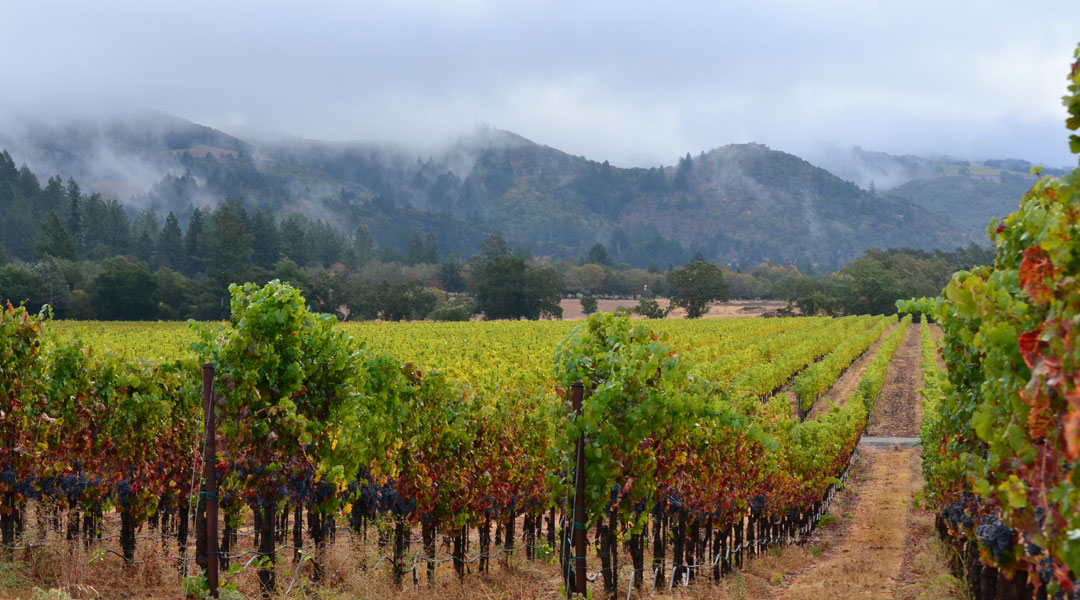
Many factors contribute to the quality and characteristics of a vineyard’s terroir. Soil structure and health are certainly of high importance. Climate, geography and even other plants can strongly influence the nuanced flavors and complexity of a wine as well.
Terroir of Wild Oak Vineyard
- Cool Climate
- South-facing
- Volcanic Mountain Range
- Valley floor
SOIL
- Boomer Loam & Red Hill Clay Loam
- Very rocky
- Parent material is residuum weathered from andesite
- Down hill to…
- Los Robles Gravelly Clay Loam
- Parent material is alluvium derived from igneous rock.
Jake Terrel
Director of Vineyards
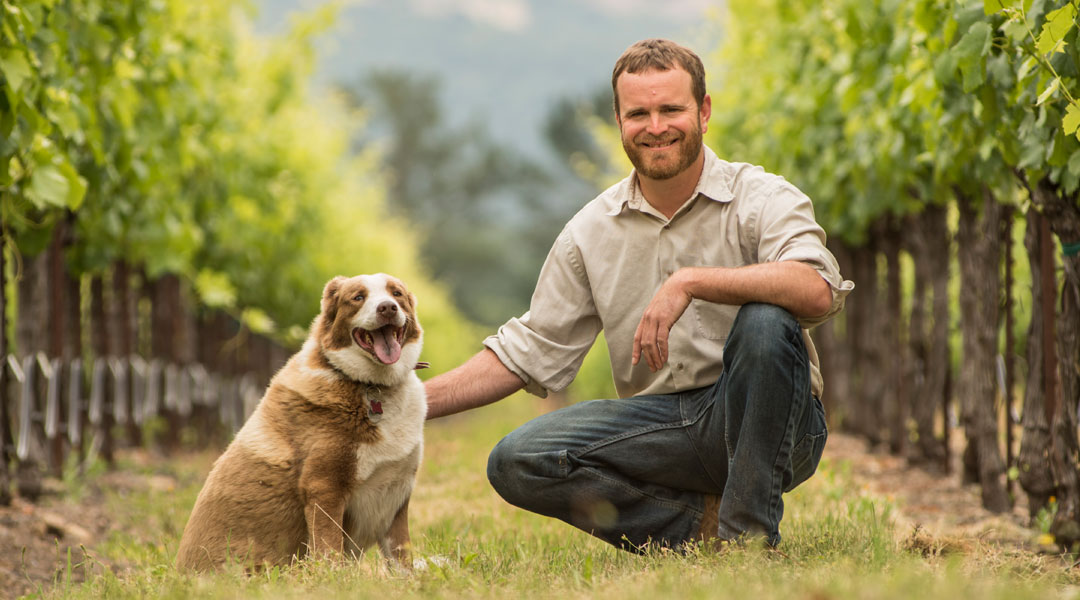
We grow most of the Bordeaux along the bench coming down towards the top half of the ranch. The rocky soil is perfect for cabernet and matches well with the mild climate of the Sonoma Valley. The bottom half of the ranch with the Los Robles soil series is a little deeper of a soil which is great for Chardonnay. This ranch is very cool for Cabernet making it one of it one of the last things we pick each year.
vines
Guyot Training System
St. Francis Winery uses the Guyot training system to cultivate its vines and maximize grape yield. This traditional vertical shoot system was developed in France in the late 1800s by Dr. Jules Guyot. This technique keeps the vines from obtaining high shoot density which will result in inner-canopy shading. This shading prevents balanced leaf exposure to parts of the plant inhibiting photosynthesis which is necessary for the production of sugar.
Grapes will only produce off of one-year-old wood. The cordon, or “arms”, of the grapevine extend from the main trunk and are the part where additional canes will annually emerge in early Spring. Because of this, vine canes are pruned every winter while dormant, to encourage new growth.
The Guyot system can be implemented in many different ways. The unilateral Guyot refers to a one-cordon system which you will often see on the end of a row. A double or bilateral Guyot refers to the system completed with two or more cordons originating from the trunk.
Traditionally vines are cane pruned where the canes are cut back each year leaving two to four healthy shoots. These remaining branches will then be tied along trellis wires to train them for supporting new growth in the next growing season. Cane pruning typically produces and supports larger clusters.
Spur pruning which St. Francis uses for a number of its vines including Malbec, Merlot, Cabernet Franc, Petite Sirah and Mourvedre, is the practice of leaving one or two permanent (larger branch) cordons trained along the trellis wire. In late winter the canes are cut back to a small shoot known as a spur, from which new cans will bud.
Life-span of a Vine
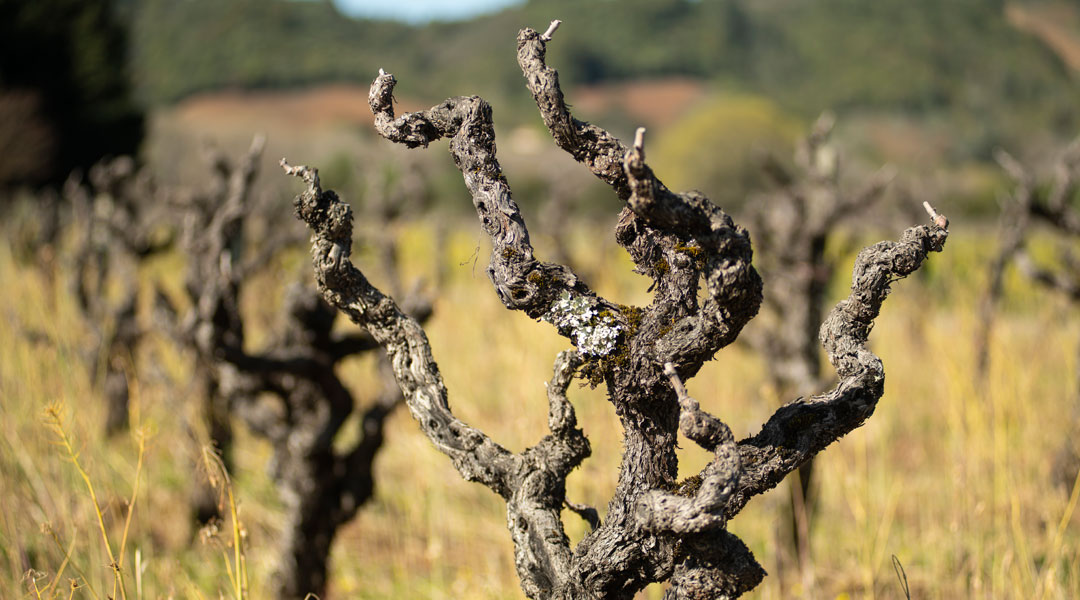
In the right conditions and if well cared for a grape vine can live for centuries. As of 2025 the oldest vine on record was a 400 year old vine planted in Slovenia. As a vine ages beyond 30 years its grape yield starts to recede. When 50 years have passed the plant enters its “twilight period,” at which time its cluster density will lessen even more. In many cases the juice sourced from these grapes will have a concentrated or more intense flavor, making them desirable for the production of specific styles of wine.
Grape vines are self pollinating. Even though you will see many pollinating species of insect and bird throughout the property, their presence is not a direct influencer of fruit yield. Age of the vines and trellis design are the primary elements behind maximum production. However, a veteran vineyard manager will tell you, “uniformity, is the key to quality.”
